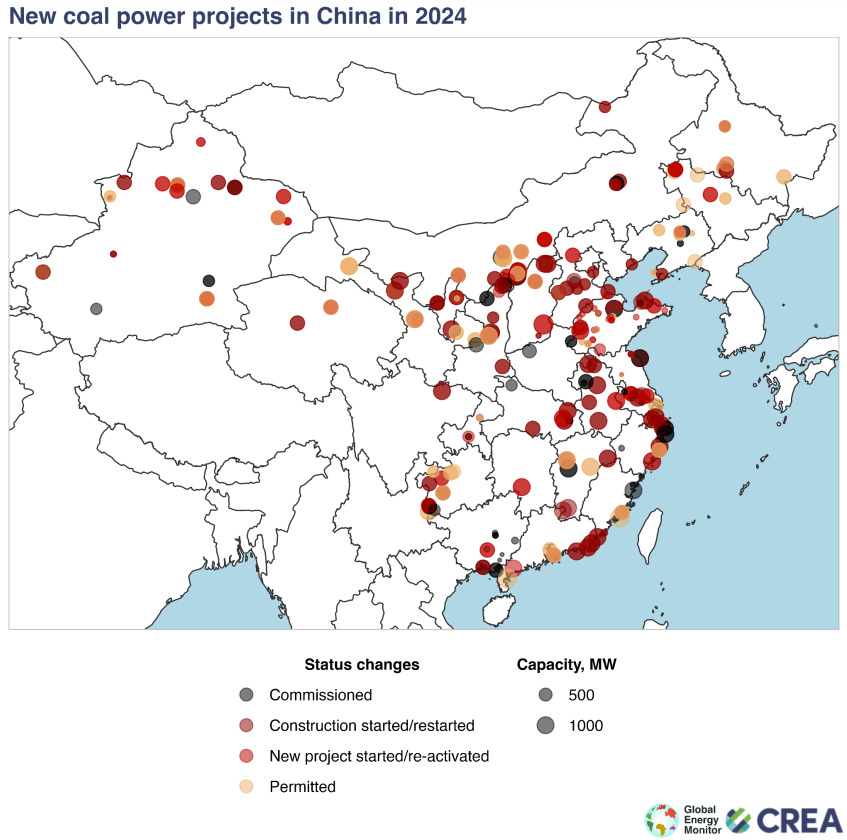In the global market, the Coal prices witnessed a downward price correction in the wake of sluggish market conditions and ample inventory level, disrupting the supply/demand equilibrium. Throughout January 2024, significant manufacturers faced challenges due to diminishing downstream demand from the power generation. The prevailing economic uncertainty overshadowed earlier anticipations of a surge in demand following a downtrend in spot purchases.
In the European market, Coal prices are on a downward trajectory despite cold weather and surging electricity demand. Quotations remain under pressure due to stable stock levels, decreasing Natural gas prices, and high levels of nuclear and wind generation. The anticipation of warmer temperatures, rising inventories, and a decline in gas prices to two-year lows, along with robust renewable generation, continues to exert downward pressure on Coal prices. Additionally, the South African Coal market declined to 99 USD/MT FOB Richards Bay during Jan 2024 due to limited demand in Europe, plunging any expectation to improve demand from the importing nation. In contrast to Western countries advocating for the closure of Coal-fired power plants, South Africa rejects this initiative and is taking measures to prolong the lifespan of its energy company, Eskom, by incorporating new technologies to capture carbon emissions.
In the Australian market, Coal prices traded at USD 125/MT FOB Newcastle during Jan 2024. Wet weather challenges are impacting Australian exports, with metallurgical Coal facing more significant challenges compared to thermal Coal. Bulk carrier counts in Queensland and New South Wales have fluctuated, with recent weather-related disruptions highlighting the metallurgical Coal market’s vulnerability. Australia’s strategic shift towards using less hazardous Coal for the country’s benefit emphasizes its pivotal role in the metallurgical market, contributing to tight global supplies and decreasing prices.
In the American market, the Energy Information Administration (EIA) revised downward its 2024 Coal export projection to 91 million st, reflecting a 9% decrease from 2023 exports. Low demand is prompting companies to reduce consumption, leading to a decline in price trend. The EIA’s projection for the all-time low in US Coal production in 2024, with a 15.9% decrease, indicates the ongoing impact of reduced Coal demand.
According to ChemAnalyst predictions, Coal prices will continue to decrease in the upcoming weeks due to low demand and ample inventory levels. Companies will scale back production and its usage in industrial areas due to environmental concerns associated with thermal Coal. Geological disruptions are not influencing much on the prices, primarily driven by reduced global demand. Warmer-than-usual weather will also contribute to the decreased need for Coal as temperatures rise with the onset of summer.










